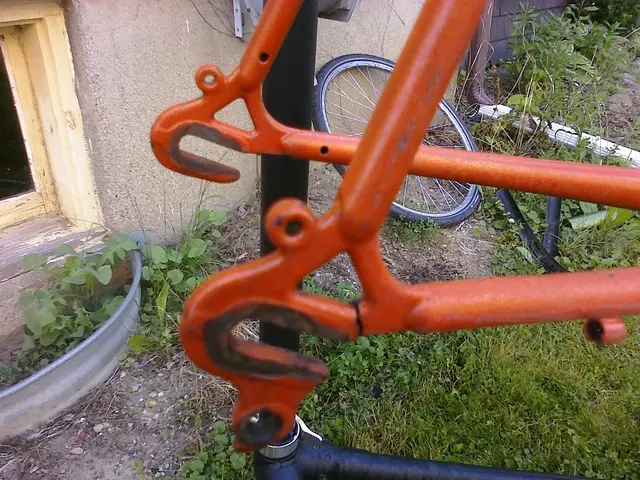Nature-Inspired Museum Scavenger Hunt Suggestions Igniting Curiosity
The Natural History Museum has transformed visits into an exciting, educational journey with its nature-based scavenger hunts. These interactive activities invite visitors to explore the museum's exhibits and surroundings, fostering discovery, learning, and fun.
The Fossil Detective Adventure Hunt, for instance, turns museum visits into paleontology expeditions, challenging participants to identify fossils and match them to their correct geological eras and periods. The Plant Kingdom Identification Game asks visitors to locate different plant families and identify their unique characteristics.
The scavenger hunt tasks participants with hunting for mysterious deep-sea animals, such as anglerfish with glowing lures, giant squid tentacles, or bioluminescent jellyfish. They are also encouraged to connect prehistoric creatures with their original habitats and ecosystems.
In addition to marine life, participants can identify endangered species and learn about protection initiatives helping them survive. They can also discover displays showing how daylight hours and temperatures vary across different latitudes, document wind patterns, and locate exhibits showcasing marine conservation efforts.
The hunt extends beyond indoor exhibits into outdoor natural areas, encouraging physical activity and connecting visitors to real-world ecology. Seasonal themes keep the hunts fresh and encourage repeat visits, focusing on elements like spring buds, summer wildlife, or winter stones.
The scavenger hunt tasks participants with identifying volcano models showing different eruption types and lava flow patterns. They can also locate rock cycle demonstrations, hunt for volcanic formation models that illustrate how igneous rocks cool and crystallize at different rates, and find mountain formation displays showing how tectonic plates create different mountain types.
The wildfire ecology sections show fire's role in forest regeneration and prescribed burning techniques for ecosystem management. Participants can also find interactive weather displays where they can identify different cloud types like cumulus, stratus, and cirrus formations.
The A wildlife habitat exploration challenge asks participants to think like field biologists while exploring interconnected relationships within different natural environments. They are also challenged to identify food chain relationships displayed throughout the wildlife exhibits.
The Rock and Mineral Discovery Quest encourages participants to examine specimens like professional mineralogists. They can also discover cave system exhibits featuring stalactites and stalagmites to understand how water shapes underground landscapes over millennia.
In summary, the key to successful nature-based scavenger hunts in natural history museums is to create interactive, educational, and adaptable experiences that use a blend of physical exploration, technology, and engaging content tailored to diverse audiences. This approach fosters discovery, learning, and fun by connecting visitors deeply with the natural world showcased in the museum.
- The environmental-science segment of the scavenger hunt invites visitors to explore various display booths, identifying endangered species and learning about educational initiatives aimed at preserving them.
- In the home-and-garden section, visitors can discover exhibits showcasing climate-change facts, documenting wind patterns, and examining how daylight hours and temperatures vary across different latitudes.
- The science section of the scavenger hunt offers opportunities to learn about geology, with tasks such as identifying volcano models, volcanic formations, and mineral specimens, fostering an understanding of the earth's composition and change.




